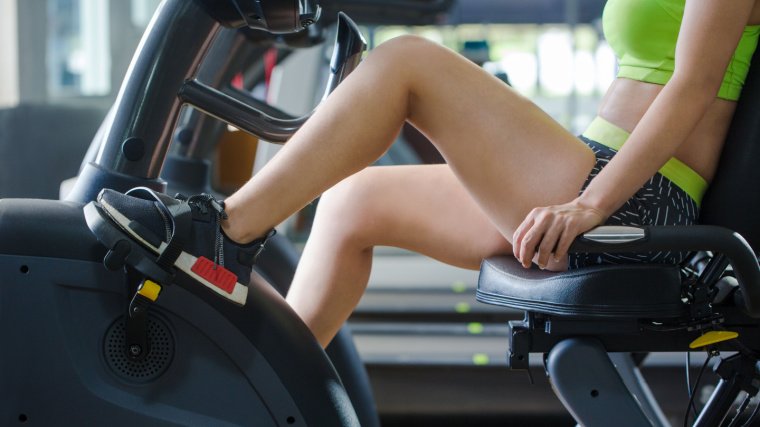“Building Muscle with Cycling: Fact or Fiction?” explores the effectiveness of cycling as a method for muscle growth. While cycling is primarily known as a form of cardio, this article delves into the potential for muscle growth through cycling. It discusses the different types of biking, such as outdoor cycling and stationary biking, and how they can impact muscle development. The article also examines the muscular contractions and tension involved in cycling and how it can stimulate muscle growth. Additionally, it highlights the importance of intensity and resistance in cycling workouts for optimal muscle building. Whether you’re a cycling enthusiast or someone looking to build muscle, this article provides valuable insights and tips on incorporating cycling into your fitness routine.
Does Cycling Build Muscle?
When it comes to building muscle, cycling might not be the first exercise that comes to mind. However, various forms of biking, whether outdoors or on a stationary bike, have gained popularity as a way to strengthen and tone the legs. In this article, we will explore whether cycling can actually help build muscle and how to optimize your cycling routine for muscle growth.
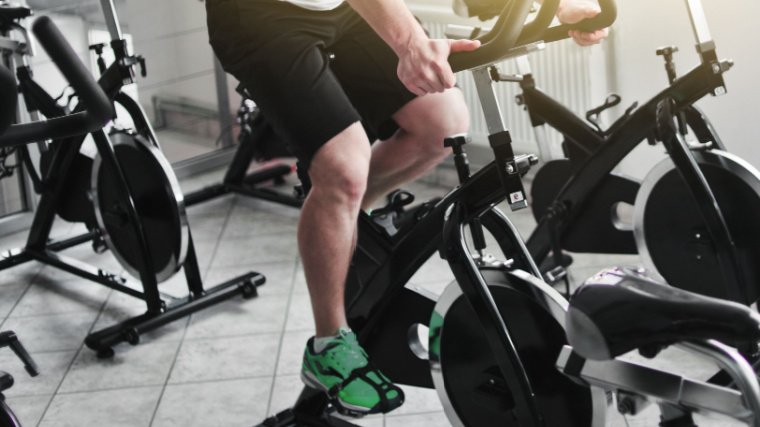
Cycling for Muscle Growth
At its core, cycling is a form of cardio exercise. Unlike traditional strength training exercises like squats and lunges, cycling does not have the same benefits for muscle growth. It lacks the coordinated lifting and lowering phases of movement that engage the muscles in a contraction phase against resistance. However, cycling does involve repetitive concentric muscle contractions that work against resistance in the major leg muscles. This means that while cycling may not provide the same muscle-building stimulus as strength training, it still requires your muscles to produce force and contract, which can contribute to muscle growth.
Muscular Contractions and Tension
To understand how cycling can potentially build muscle, it’s important to recognize the role of mechanical tension in muscle growth. Mechanical tension refers to the active force exerted along muscle fibers until they reach involuntarily slow contraction speeds. This tension is what triggers hypertrophy, or muscle growth. When you perform strength training exercises, the last few reps are often the most challenging and slowest moving, signaling that your muscles are working under tension. While you may not count reps or track training volume in the same way during cycling, the potential for muscle growth still exists if your muscles are sufficiently challenged and placed under tension.
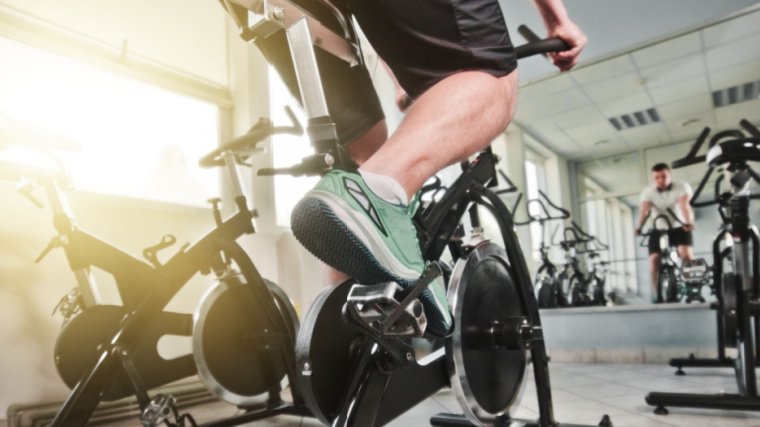
Low Intensity vs. High Intensity Cardio
When it comes to cardio exercise, intensity plays a significant role in determining the type of adaptations your body experiences. Low intensity, steady-state cardio (LISS) and high-intensity interval training (HIIT) are two common methods of cardio training. LISS involves sustaining relatively lower intensity cardio for extended periods, such as walking, jogging, or casual biking. On the other hand, HIIT alternates periods of high-intensity work with periods of lower intensity or rest.
To optimize cycling for muscle growth, it’s important to focus on high-intensity intervals. HIIT workouts require you to perform at higher intensities and shorter durations, more closely resembling traditional strength training. If your goal is to build muscle through cycling, you need to increase the resistance on the bike. Simply cycling at a low resistance for 20 minutes or more may not provide a sufficient muscle-building stimulus, even if your legs feel fatigued. To trigger muscle growth, you need to challenge your muscles with higher intensity efforts.

Does Cardio Eat Muscle?
There is a common belief that cardio exercises, including cycling, can cause muscle loss. While cardio does not directly “eat away” muscle, the stimulus it provides can conflict with the goal of muscle growth. When you engage in strength training, you are signaling to your body to build muscle in order to lift heavier weights. However, endurance-based exercises like cycling or running signal your body to become more efficient at moving longer distances. This efficiency can sometimes prevent significant muscular body weight gain.
This conflict between endurance and muscle-building goals is known as the interference effect. Engaging in both types of training simultaneously can compromise the adaptations and results on both ends. While cycling can potentially build muscle under certain conditions, it is unlikely to build as much muscle as traditional leg exercises like squats and deadlifts. The principle of specificity states that specific activities will trigger specific adaptations in your body. Therefore, if your primary goal is muscle growth, prioritizing traditional leg exercises is more effective than relying solely on cycling.
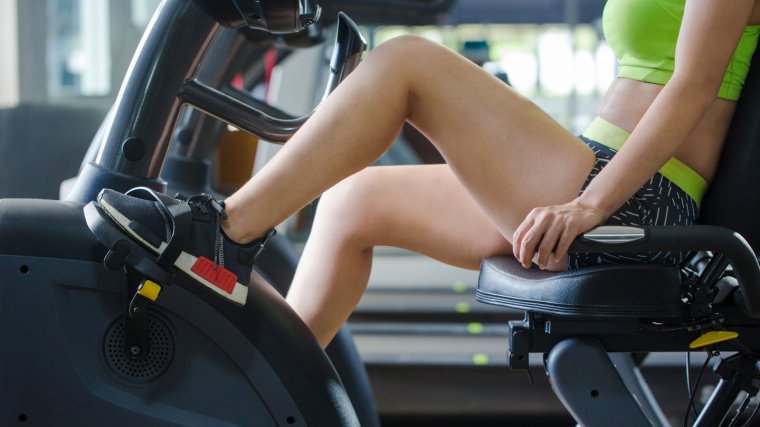
How to Cycle For Muscle Growth
If you still want to incorporate cycling into your routine and aim for muscle growth, there are certain strategies you can employ:
Cycling Frequency
Schedule your cycling sessions at the end of a leg workout or on the day after working your legs. This ensures that your legs are fresh for strength training exercises that promote muscle growth. Cycling the day after a leg workout can also take advantage of a slight pre-fatigue effect, allowing you to achieve more stimulus with less work. Placing your cycling session before your leg workout can negatively impact your leg workout performance and hinder muscle growth. Remember, cycling to build muscle is already a compromised approach, so prioritizing regular leg workouts is essential.
Cycling Intensity
To build muscle through cycling, you need to cycle with intensity. A leisurely, steady-state pace will not provide the necessary stimulus for muscle growth. Aim for intervals of 20-60 seconds of work against high resistance. Perform eight to ten sets of these intervals, ensuring that each set is challenging enough to induce muscular fatigue. Consistency is key, so try to maintain the same resistance and time for each set. Track the distance covered during your workout and aim to increase it each week while maintaining the same resistance. Progressive overload is crucial for muscle growth, even in a cycling routine.
Deloading
Just like with strength training, cycling at high intensities can be fatiguing, especially when combined with regular strength workouts. Over time, you may experience a plateau or a decline in performance. When this happens, it’s important to plan a deload week. During a deload, your training is significantly lighter and involves relatively lower resistance. This allows accumulated fatigue to dissipate and provides a recovery period for your muscles. Following a deload, you can return to your regular training routine with renewed energy and focus.
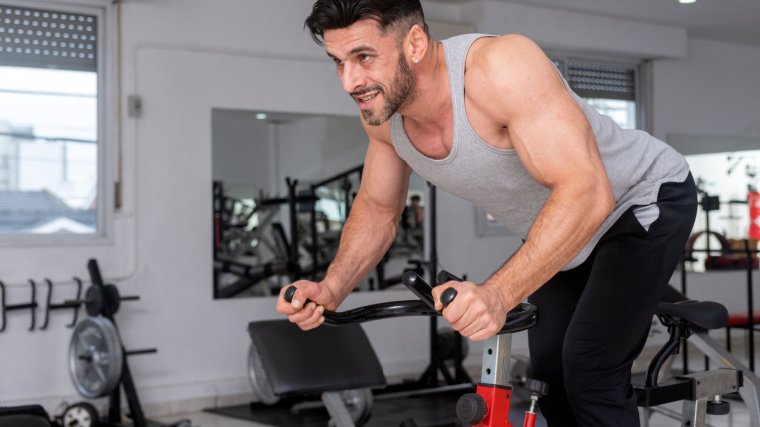
Skip Leg Day, Add Bike Day?
While cycling can be beneficial for building lower body muscles, relying exclusively on cycling for your leg workouts may not be the most efficient approach, especially if you are more advanced in your overall fitness. Traditional strength training exercises like squats and deadlifts are more effective for muscle growth. However, if you enjoy cycling and want to incorporate it into your leg-building plans, it can still provide some stimulus for muscle growth. Remember to prioritize your leg workouts and use cycling as a supplementary activity to target specific adaptations in your body.
In conclusion, cycling can potentially build muscle if you optimize your routine for muscle growth. By focusing on intensity, frequency, and progressive overload, you can use cycling as a valuable tool in your overall fitness journey. However, it’s important to recognize that cycling alone may not provide the same muscle-building benefits as traditional strength training exercises. So if your goal is significant muscle growth, it’s important to prioritize targeted strength training alongside your cycling routine.
Source: https://breakingmuscle.com/does-cycling-build-muscle/

